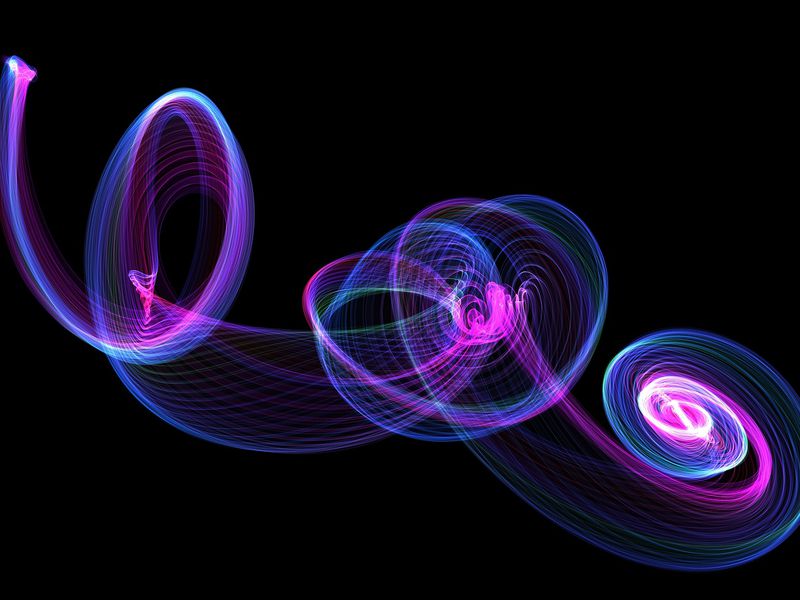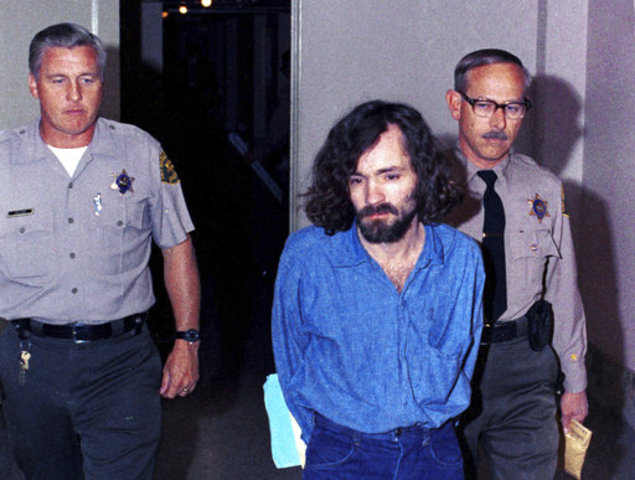
MIT and Harvard physicists have created a new form of light that could enable quantum computing with photons.
If you ever tried crossing the beams of two flashlights, you probably don’t remember much about it. That’s because it was rather uneventful, i.e. nothing happens. Typically, photons don’t interact with each other, which is why you don’t see light beam bounce off each other — that would be a weird sight.
However, Sergio Cantu, a Ph.D. candidate at MIT, and colleagues managed the impossible — and they did it with a bit more than flashlights. The team chilled rubidium atoms close to absolute zero, which makes them almost motionless, then activated a laser, resulting in an ultracold cloud. Everything is contained in a small tube that magnetized, thus keeping the rubidium atoms diffuse, slow-moving, and in a highly excited state.
The researchers then fired a very weak laser onto the dense cloud of ultracold rubidium atoms. What happened next was rather than exiting the cloud as single, randomly spaced photons, the photons combined together in pairs or triplets. This means that some sort of interaction between the photons is at play — in this case, attraction.
Surprisingly, the three-photon grouping was even more stable than the pair. “The more you add, the more strongly they are bound,” said co-author Aditya Venkatramani, a Ph.D. candidate in atomic physics at Harvard University.
The scientists knew the photons must be interacting, since the pairs and triplets of photons give off different energy signatures or phase shifts, the authors reported in the journal Science.
“The phase tells you how strongly they’re interacting, and the larger the phase, the stronger they are bound together,” Venkatramani explained.
Typically, in a vacuum, photons travel at the speed of light (almost 300,000 kilometers/second) and have no mass. However, after they passed through the clouds, the bounded photons were 100,000 times slower than normal non-interacting photons and acquired a fraction of an electron’s mass.
Though not confirmed yet, the physicists think the photon group together by forming a photon-atom hybrid or polariton. When a single photon travels through the rubidium cloud, it hops from one atom to another, like a bee foraging from flower to flower. A photo-atom hybrid forms when one photon briefly binds to an atom and when two such hybrids meet in the cloud, they interact. When the polaritons are about to exit the cloud, the atoms stay behind while the photons lurch forward, still bound together. Triplets form when you add more photons — or so the physicists’ theoretical model goes.
“What’s neat about this is, when photons go through the medium, anything that happens in the medium, they ‘remember’ when they get out,” Cantu said.
“The interaction of individual photons has been a very long dream for decades,” said Vladan Vuletic, the Lester Wolfe Professor of Physics at MIT, in a statement.
The findings could put to use in a novel quantum communications system which entangles bound-photons, allowing almost instantaneous transmission of complex quantum information.
“It’s completely novel in the sense that we don’t even know sometimes qualitatively what to expect,” Vuletic said. “With repulsion of photons, can they be such that they form a regular pattern, like a crystal of light? Or will something else happen? It’s very uncharted territory.”













